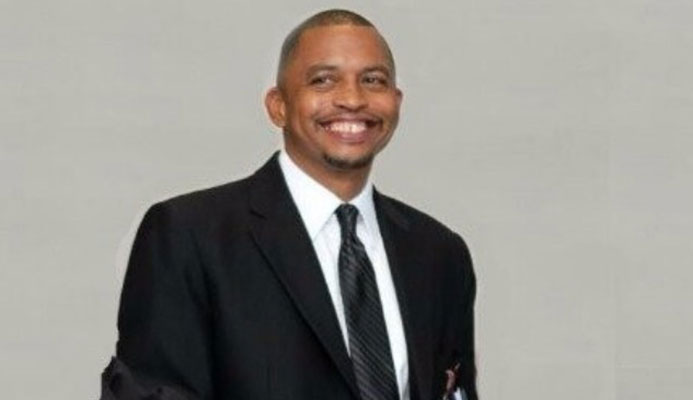Sport is a “Man’s World”. How then do we accelerate gender parity, unmask unconscious biases and cultural stereotypes?
Martin Luther King Jr once said: “Human progress is neither automatic nor inevitable; it requires the tireless exertions and passionate concern of dedicated individuals”.
The T&T Olympic Committee (TTOC) elected in April, a gender balanced executive committee and in January rolled out the “Future is Female Project”. What was the motivation and how did it happen?
The gender parity transformation is built on three pillars—Be the change you want to see; Equal means equal; Action speaks louder than words.
It is driven by a sense of purpose to breaking down barriers...shattering the glass ceiling.
Why a TTOC gender balanced executive committee ?
The political will to drive change must begin at the top. There must be a commitment from those who hold the reins of power to walk the talk. If those who can make a difference choose for whatever reasons to run from the responsibility, the change that is needed will not happen.
There are cultural factors that impede progress towards greater parity. In many societies, there are deep-rooted gender stereotypes about the role of women as “caregivers” and men as “breadwinners”.
Recently while doing desk research on gender equality and gender parity, I came across an essay by Vyacheslav Polonski, a network scientist. He is involved in the World Economic Forum and it’s global shaper community. Polanski suggested put forward for implementing the following five steps towards greater gender parity in the work place:
• Systematically gather data to establish common ground for a discussion of gender inequality. Gender parity metrics can in fact, contribute to more open dialogue and a conversation that is based on facts, rather than speculation.
• Change culture to eliminate gender stereotypes associated with work-life balance programmes. This entails promoting gender-neutral flexible career paths and actively encouraging all employees to take advantage of these opportunities.
• Modify the performance review process to prevent structural disadvantages for people who seize work-life balance opportunities. At the same time, remind team leaders not to penalise employees for their needed level of additional flexibility.
• Keep searching for potential recruits until gender balanced is reached. Instead of implementing rigid quotas, continue to look for great candidates until there are an equal number of male and female candidates in the talent pool.
• Finally and most importantly, make gender parity a strategic objective for the organisation. The top-down commitment to addressing this issue is imperative, because it contributes to a progressive company culture that is based on accountability and equality.
While Polonski’s recommendations may appear to apply to the workplace. They are also relevant to sport organisations and other institutions.
Solving gender inequality is not a simple endeavour. But certainly a look at the hard facts should provide a compelling case for taking all necessary and reasonable steps and measures with clear time lines.
EDITOR’S NOTE
Brian Lewis is the President of the T&T Olympic Committee. The views expressed are not necessarily those of the T&TOC.

